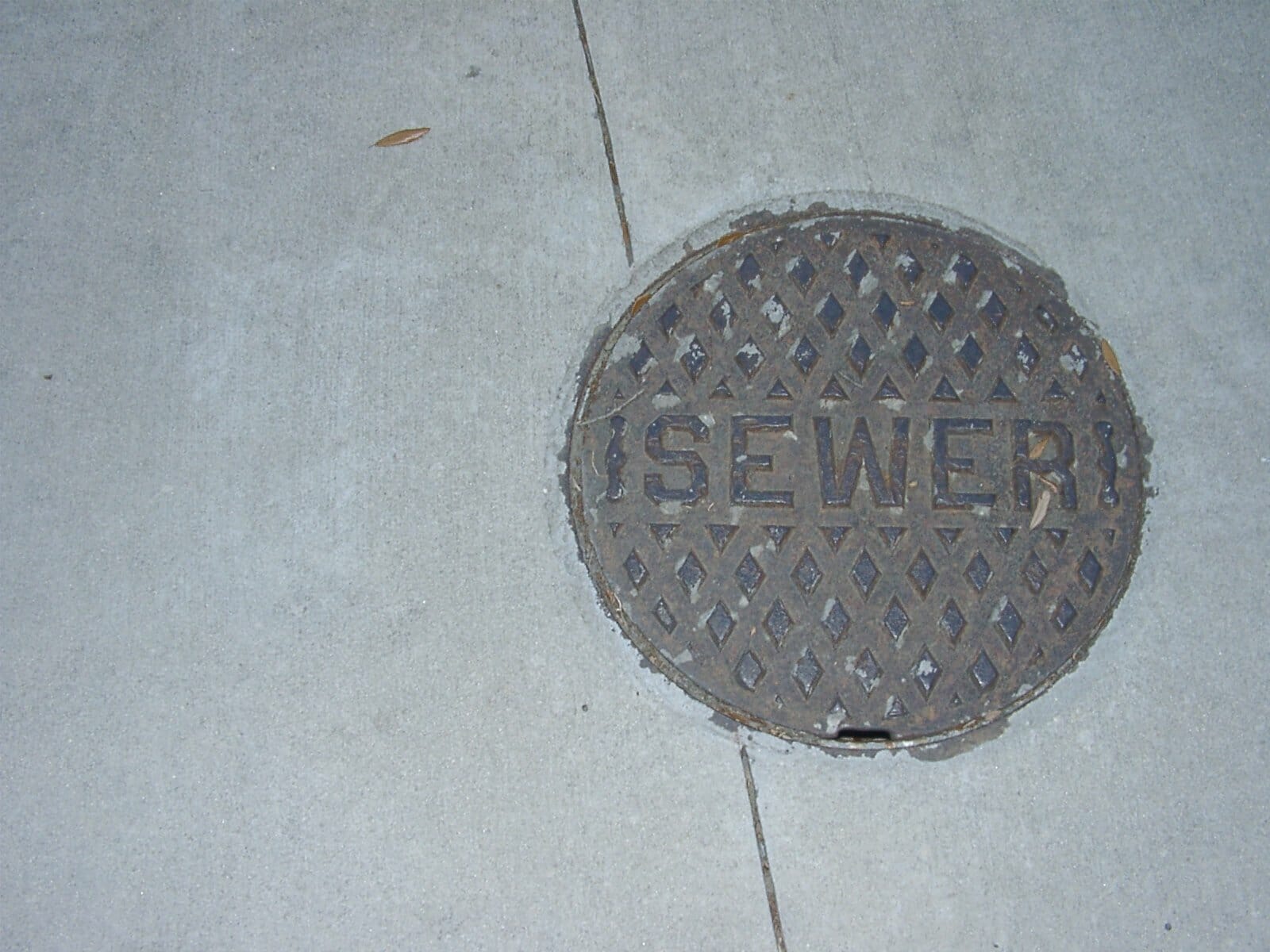Every time we use a faucet, flush a toilet or a water using appliance, we are putting our sewer systems to work. We need to remove our wastewater and when a clog develops it can cause a problem for every toilet and drain in our homes. A clog can move into a sewer line over time and eventually there will be sewer backup issues to contend with. This could result in dirty water coming back into the home as the obstruction gets worse and the sewer line could even become damaged. Prevention is better than the cure, so here are 5 quick tips that will help you to minimize potential sewer backup issues.
- Pay Close Attention to What’s Put Down the Drains
Many people simply put a wide variety of materials down the drain without any consideration for the potential ramifications. Try to avoid putting materials such as fibrous vegetable peelings, egg shells, cooking oils, thick sauces, grease and coffee grounds, down your drains. If you’re in any doubt, a simple axiom to follow would be to avoid putting any food waste down the drain and throw it in the trash where it belongs.
- Only Flush Human Waste and Toilet Paper
There are many products available to make our lives more hygienic and more comfortable. Certain paper based items, such as feminine products, diapers, thick paper towels and “flushable” wipes, should never be flushed away. These products are thicker than regular toilet paper, and they will not disintegrate in the same way.
- Consider a Sewer Line Upgrade
Sewer lines can be damaged in your yard by tree roots and rock disturbed during work. If you have these problems, it’s essential to get the line repaired quickly. This is the perfect opportunity to replace aging metal and clay sewer lines with a modern PVC pipe.
- Ask a Plumber to Install a Backwater Prevention Valve
A backwater prevention valve is a fixture that you can get installed into your sewer line. It’s usually installed in the basement of the home, and it will prevent sewer backups. The sewerage is allowed to leave the house as usual, but the valve design will not let it to come back in later. This is a great last line of defense to have, and a certified local plumber will be able to do this for you.
- Evaluate Your Yard for Possible Sewer Problems
Identifying a sewer line problems is not as complicated as you may imagine sometimes. If you know what to look for a break in the sewer line under your yard can be easy to spot. Look out for ground that is softer than it should be; this is very obvious if it hasn’t rained in a while. There may be foul smelling patches on the surface, and nearby plant growth could be greater than normal. If you’re in any doubt contact a
local certified plumbing professional for advice and get the sewer line repaired.
By Giovanni Longo President Flood Brothers Plumbing
Giovanni Longo is a 3rd generation master plumber who has been practicing his craft and trade in the greater Los Angeles area for well over a decade and a half. A plumbing and hydraulics-engineering innovator, Giovanni’s particular world-class expertise focuses on dealing with challenging sewer system designs as well as resolving complex commercial and residential draining issues. As a certified Flood Mitigation expert, he is also well versed in a wide variety of water damage and remediation solution.





